Before I get into my impressions of the SG Image 50mm f/1.4, let’s talk about something that’s been bugging me — why would I pick this modern Chinese lens over a true vintage classic like the Minolta MC Rokkor 50mm f/1.4?
And yes, it wasn’t too long ago that I was waxing lyrical about those Minolta Rokkors — practically cousins to real Leica lenses, right? You’d think the choice would be obvious: semi-Leica heritage vs. a no-name lens from the People’s Republic. Surely, Minolta wins?
Well… yes. And also no.
There’s one thing that ruins it for me: the adapter.
See, if you’re into street photography, landscapes, or just someone who prefers shooting with a single prime, then you probably also appreciate a compact, well-balanced setup. What you don’t want is a camera that constantly tilts downward from the sheer mass of the lens. Even on a DSLR, nobody enjoys lugging around what looks and feels like a 135mm howitzer just to snap a quiet street scene.
And that’s precisely why I reach for the SG Image. Compact, light, discreet — it just makes more sense for the way I shoot in the real world.
Now, does this mean the SG Image lens is optically better? No. But here’s the thing — if you show someone a photo taken with it, they’ll never guess it came from a “cheap Chinese” lens. It’s not bad at all. In fact, you’d need to deliberately hunt down something like an old CCTV lens to find glass that truly mangles an image.
The Minolta, on the other hand, has that undeniable analog soul. A bit soft, a bit quirky — but full of charm. It brings a kind of imperfection that digital sometimes sorely lacks. That’s not a flaw. That’s personality.
Still, when it comes to walking the streets with a 50mm, do I want it to feel like I’m hauling a telephoto bazooka? Nope.
So yes, one reason to go for a Chinese lens is to keep things compact — especially when vintage alternatives balloon the size with adapters. But let’s not ignore the wallet: original glass, particularly the sought-after stuff, tends to carry a premium. Add in a good-quality adapter, and that charming vintage setup can end up costing you more than you planned.
So what’s the verdict? Going Chinese isn’t always just about saving space — sometimes it’s about saving sanity (and cash). And here’s one thing I can say with absolute certainty: I’ve never met a photographer who could look at a picture and say, “Ah yes, this must have been taken with a TTArtisan, or maybe a Meike.”
They might say it’s a bad photo… but if they do, chances are the problem wasn’t the lens – in fact, i’m shure ! 😉
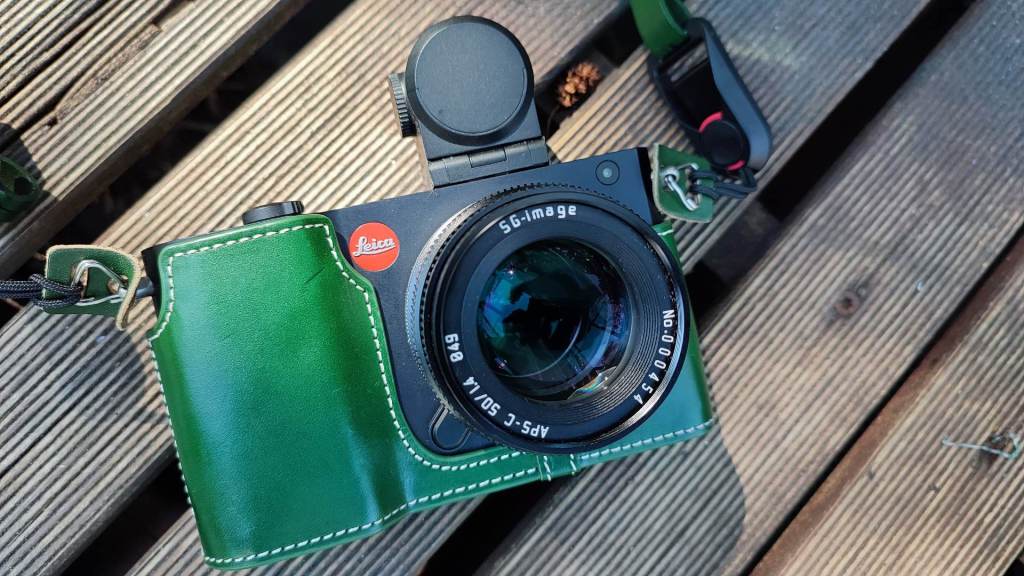
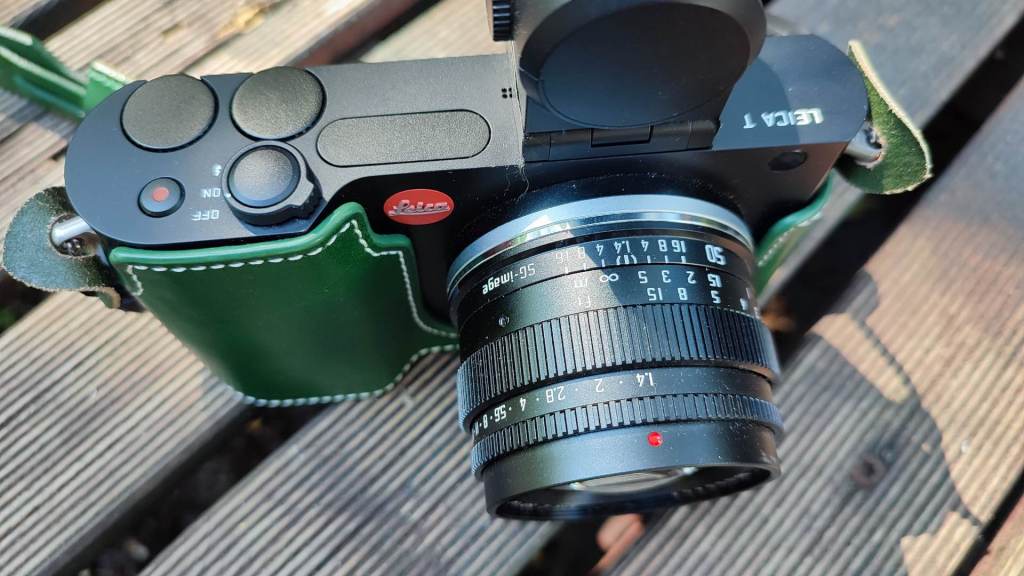
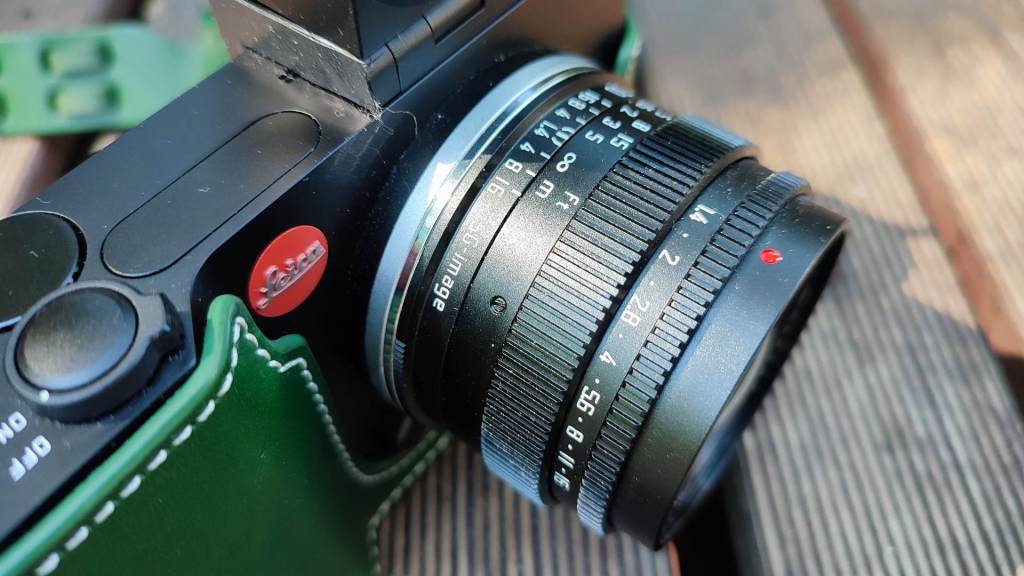
The SG Image 50mm f1.4 Review
The SG Image 50mm f1.4 I tested is equipped with an L-mount, which is compatible with Panasonic full-frame but only on APS-C mode, same for Leica full-frame, and Leica APS-C cameras. Additionally, the lens is also available for nearly all common lens mounts and sensor formats such as Micro Four Thirds, APS-C, and Full Frame, including mounts for Nikon Z, Canon RF, Sony E, Fuji XF, and Canon EF-M. The lens comes in a cardboard box, well packaged, with front and rear caps—the front cap is made of metal and marked with the focal length, which I find very convenient. The price of the lens is around €60.
The focus ring operates smoothly with just the right amount of resistance, and the aperture clicks into place. The lens features a depth-of-field scale, with painted—not engraved—markings. The lens fit the camera mount snugly, with no excessive resistance but also no play—something you sometimes encounter. I really dislike when a lens feels loose on the camera, but that is absolutely not the case here—perfect fit.
I took it out for testing over two consecutive days. The first day was very sunny, and the second was sunny but cloudy. Focusing works well, though not perfectly—mainly because there’s limited throw for precise focus, so you end up slightly rocking it back and forth with minimal rotation, if you know what I mean. The aperture ring is located all the way at the front, which I personally find very convenient—I’m used to this from old Olympus OM lenses, and this one is quite similar in that regard.
Testresults
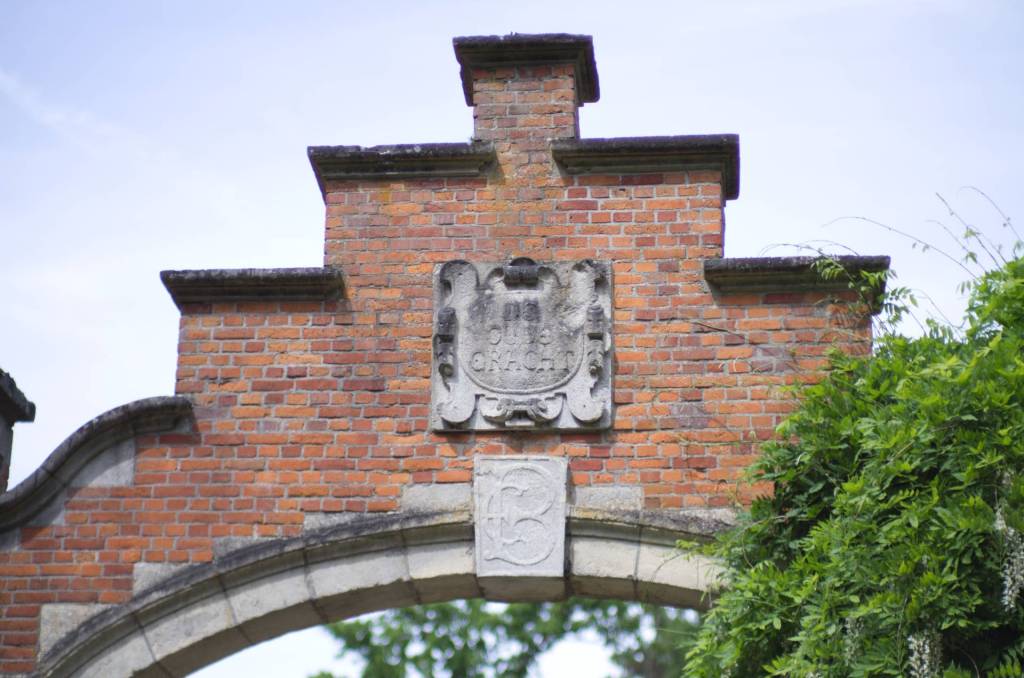
The photo above was taken with the aperture wide open—at f1.4, 100 ISO, and 1/4000 sec. This is something many photographers will likely do, because why else would you buy a fast lens? Well, the reason should be to use it when lighting conditions are poor. Not for subject isolation, and not just because you paid more for a fast lens—or simply because you can. You can also achieve a very shallow depth of field at f2.0 or f2.8; the difference will barely be noticeable.
What will be noticeable at f1.4—and this includes with this small Chinese lens—is softness and lack of sharpness, especially outside the center. The image above, taken with the SG Image 50mm f1.4, is still acceptable, but you can notice softness towards the edges. See the zoomed-in examples below, also taken at f1.4:


Below, the same photo taken at f2.0 – ISO 100 and 1/3200. Do you see an improvement?
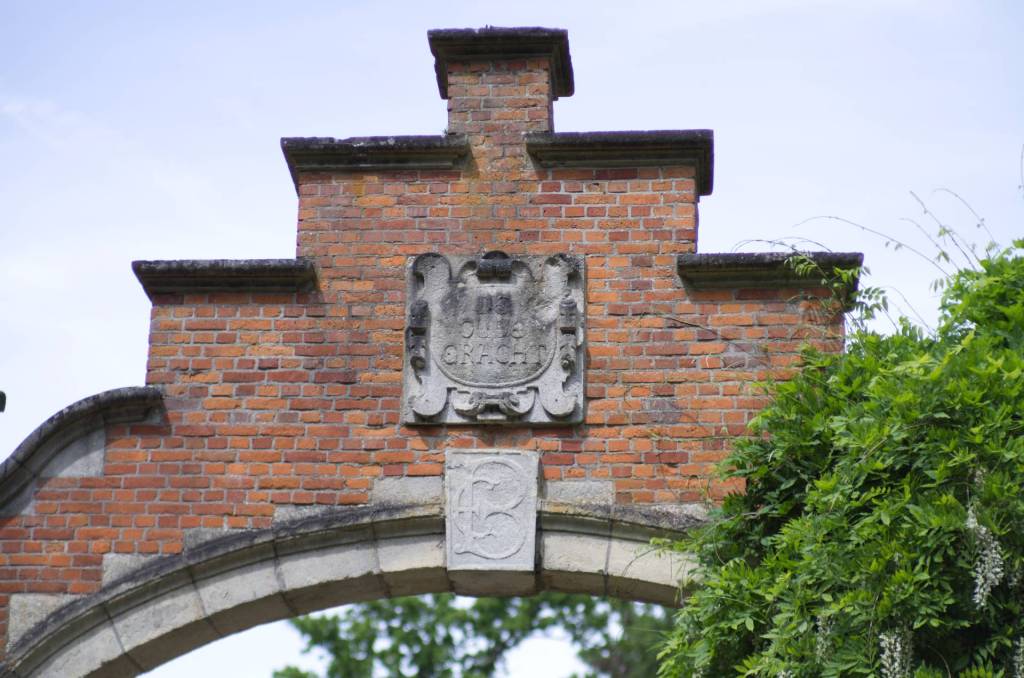
And what about the crops from the center and bottom left? Don’t pay attention to the contrast, but to the sharpness — these crops below are taken at f2.0.


OK, maybe you can see it below at f2.8 and ISO 100 at 1/2000.
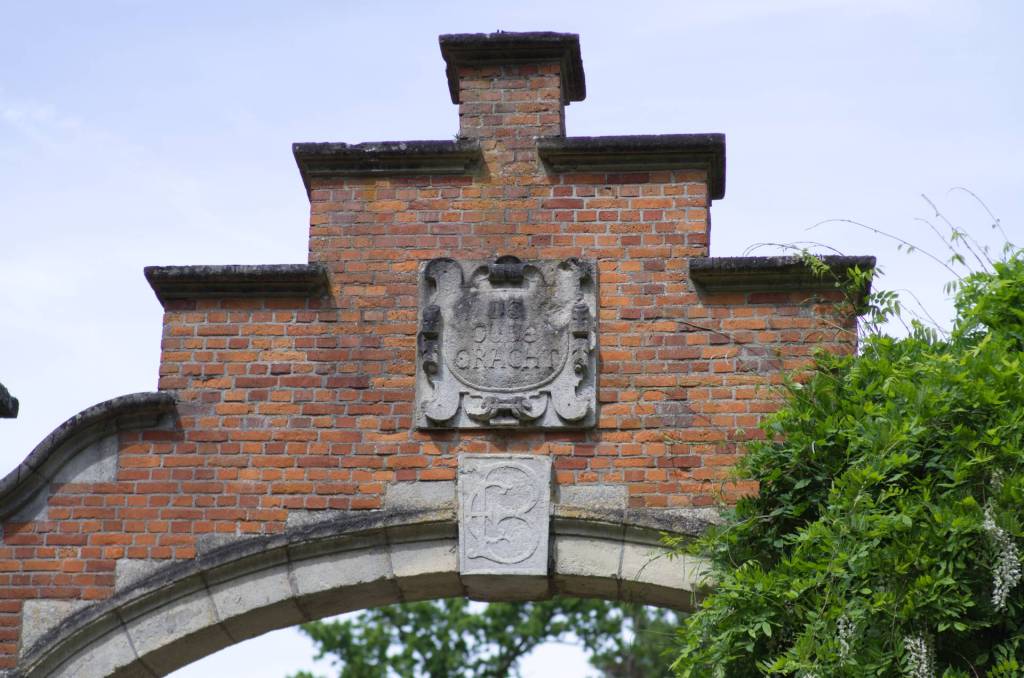
And the crops at f2.8?


Next, I took the photo at f4.0, ISO 100, and 1/1250 — you can see it below:
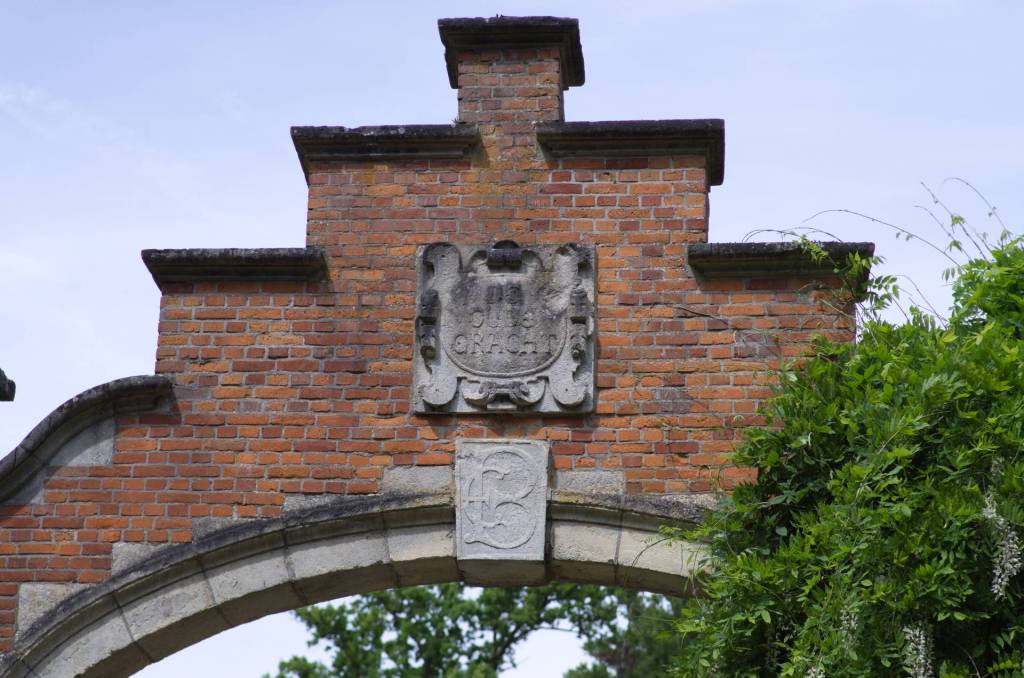
With the crops at f4.0 shown below as well:


In the end, I settled on photos taken at f8.0, ISO 100, and 1/320 shutter speed, and I didn’t go any further. It is clearly visible that the image quality has improved significantly. Of course, the depth of field decreases sharply at the same time. Going higher, to f16, is probably not desirable, and fully stopped down the image quality no longer improves—if anything, it gets worse. That’s why I stopped at f8.0, the ultimate compromise between sharpness, image quality, and ease of use.
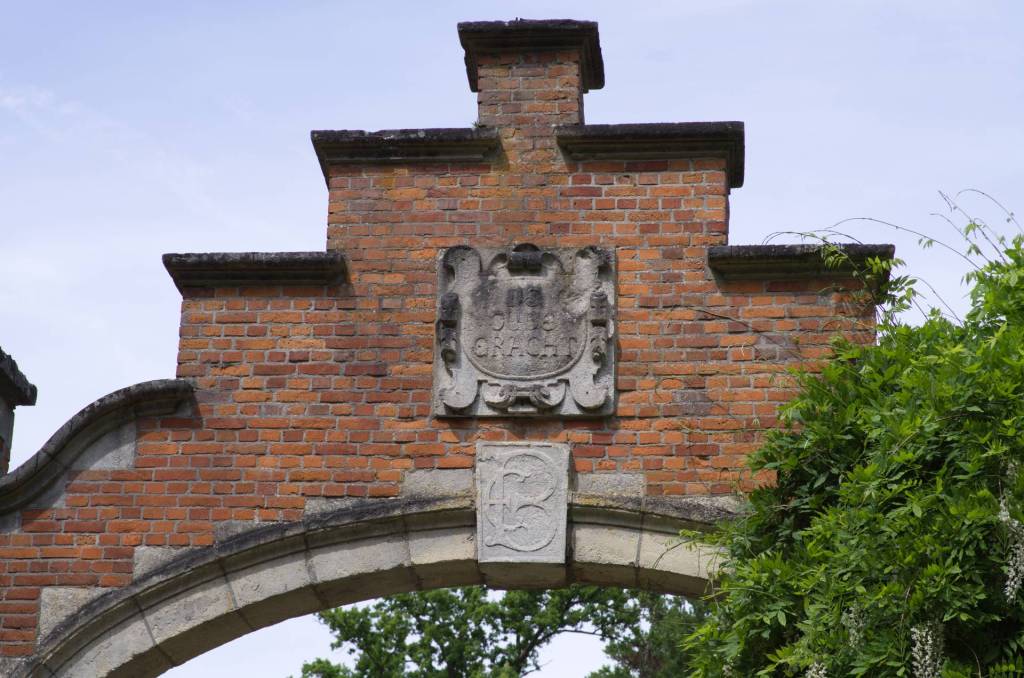
Below are two more crops at f8.0 from the center and the left edge:


Conclusion:
At f1.4, the images are soft—even in the center—and blurry towards the edges and corners. From f2.0 and f2.8, the center becomes significantly sharper and the off-center areas improve as well, but the edges remain soft. At f4.0, about 75% of the image area is sharp, and the edges are acceptable. So at f4.0, you can take fully acceptable sharp photos with this lens. At f8.0, the lens performs optimally and doesn’t get any better. It’s reasonable to assume that f5.6 will be close to the perfection of f8.0, so choose the aperture that best fits your specific situation. Personally, I would use it between f4.0 and f8.0—unless subject isolation is important, in which case f2.8—but never wider than that.
Discover more from Open Source Photography
Subscribe to get the latest posts sent to your email.


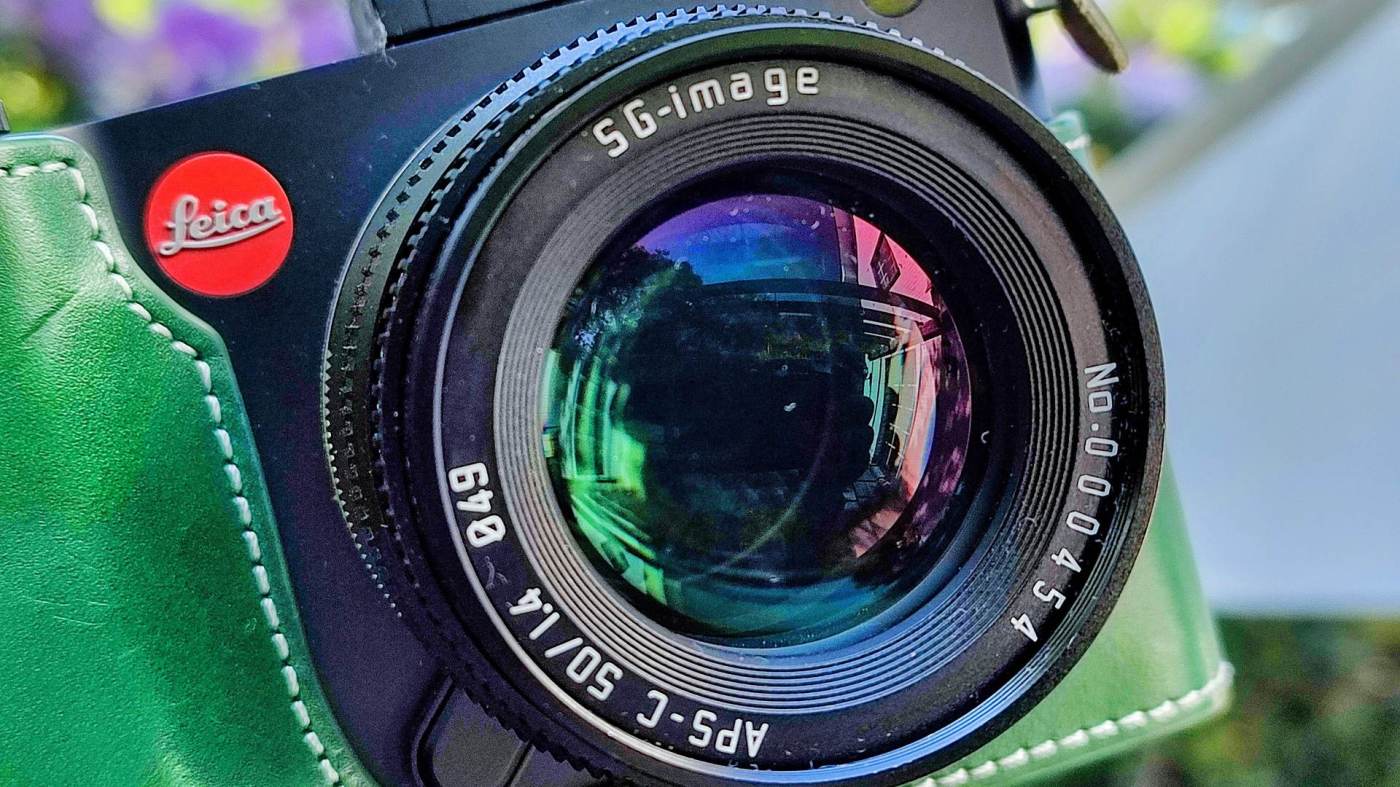

It’s a great looking lens with great results. Funny thing is, I recently gave away all my vintage glass and adapters to a good friend as for me, the adapter just kills the look and feel of the experience, so I ended up never using them.
And do you know what? Even now with Nikon full frame, I still don’t own a 50mm lens, although I have been tempted!
LikeLiked by 1 person
Absolutely agree, Mark. And about the 50mm—well, let’s be honest: it gets hyped to death by influencers and YouTubers who love to call it the “nifty fifty” or “must-have lens.” But reality begs to differ. They often forget about crop factor, which magically turns that nifty fifty into a 75mm or even 100mm equivalent—and that’s a very different story altogether. Sure, 50mm used to be the standard back in the 35mm film days, but times have changed. These days, focal lengths between 30 and 40mm are often far more popular—and far more practical—on full-frame.
LikeLiked by 2 people